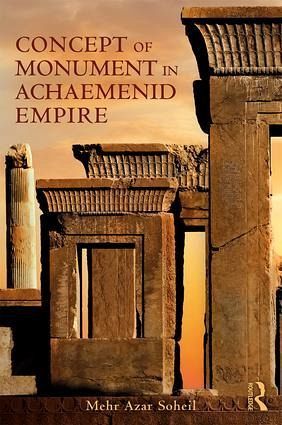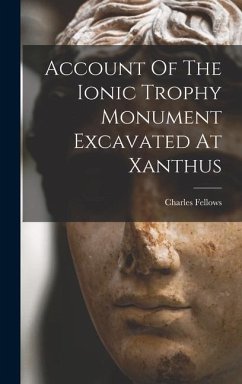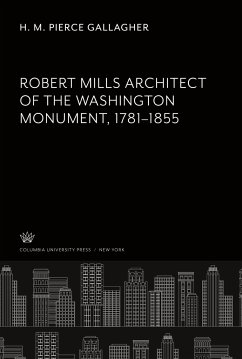
The Concept of Monument in Achaemenid Empire
Versandkostenfrei!
Versandfertig in 1-2 Wochen
171,99 €
inkl. MwSt.
Weitere Ausgaben:

PAYBACK Punkte
86 °P sammeln!
The aim of this book is to explore the significance of the concept of 'monument' in the context of the Achaemenid Empire (550-330 BC), with particular reference to the royal Ensemble of Persepolis, founded by Darius I and built together with his son Xerxes.













